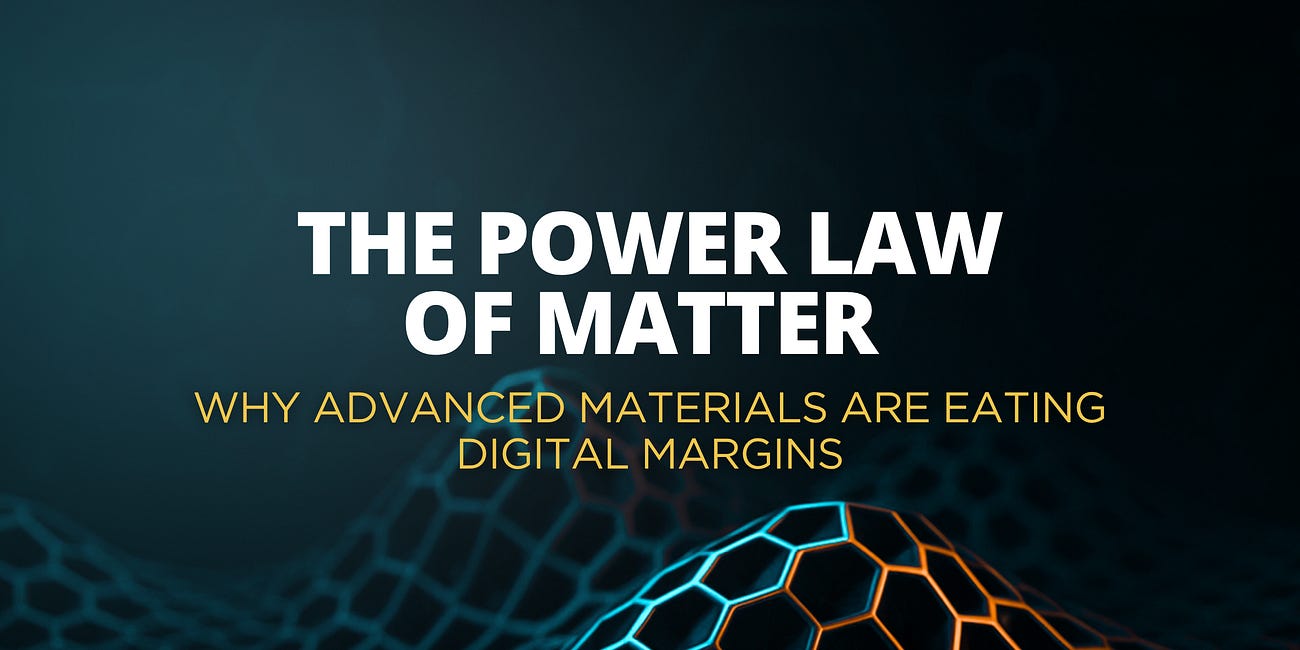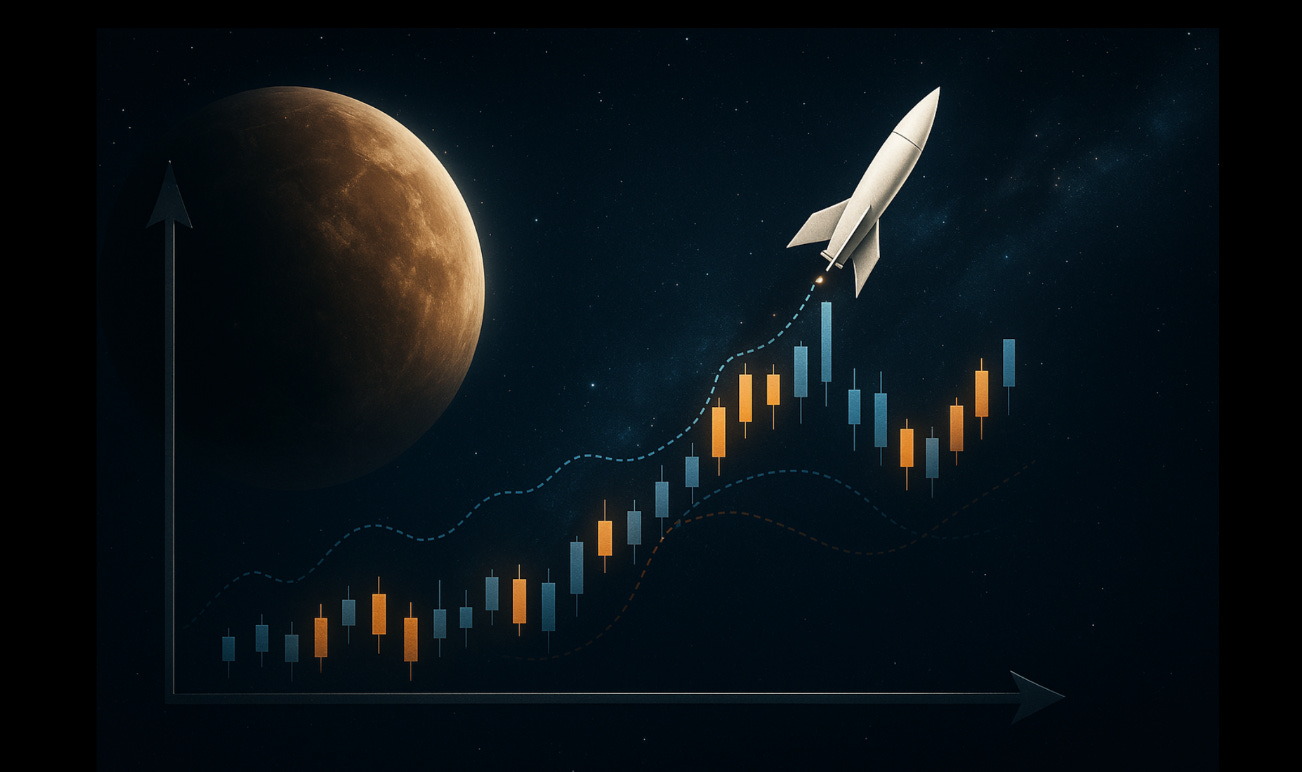🚀Rocket SPAC Lifts Off; 🧱Green Steel Hits Price Parity; 🍖Cultivated Meat Gets FDA Greenlight; 🌋Geothermal Reaches 1000°C; ⚛️ Micro-Fusion Goes Mobile & more | Deep Tech Briefing #71
Weekly Intelligence on Deep Tech Startups and Venture Capital.
Thanks for reading Deep Tech Briefing, our weekly independent intelligence on Deep Tech Startups and Venture Capital. If you like what you see, I encourage you to subscribe to all our pieces here.
Dear Friends,
This week, we watched something shift. Not in noise or narrative — but in structure. A structural pivot is unfolding in deep tech, where capital is no longer chasing category hype, but embedding itself into industrial posture. If you’re paying attention, the signals are hard to miss.
A rocket company with zero launches is going public via SPAC. On the surface, it looks like 2021 nostalgia. It’s not. It’s industrial formatting. The deal isn’t about exit velocity — it’s about procurement legibility. A federal-heavy cap table, a policy-native sponsor, and a path to compliance all point to something deeper: capital as interface between government demand and frontier supply. Liquidity is no longer the finish line — it's the entry credential.
Across the board, we’re seeing the same logic: innovation routed through constraint-aware engineering, not trend decks. A clean materials platform just hit pr
ice parity with legacy steel — not by retrofitting, but by rebuilding the process stack entirely. The result isn’t just lower emissions. It’s input sovereignty for magnet and motor verticals, where leverage is determined upstream.
In energy, a milestone in geothermal heat repositions the category from “site-limited” to “infrastructure-native.” Power generation is no longer limited by geography — but by depth and access. Legacy coal sites are suddenly looking like heat wells, not stranded assets. This isn’t climate virtue signaling. It’s the industrial reuse of embedded infrastructure — a playbook Wall Street is only beginning to price in.
Meanwhile, autonomy broke free from simulation. Agricultural and naval systems are being tested, integrated, and repaired in the same environments they’re designed to serve. Cloud demos don’t cut it anymore. Deployment now requires proximity, fixability, and uptime credibility. The model is no longer the product — field performance is.
In biotech, the line has been drawn. A major federal clearance reset expectations for cultivated food systems. From here forward, it’s a game of industrial execution. The boardroom has split: one side is building compliant throughput systems, the other is still iterating on slide decks and grant cycles. This is no longer a speculative science play — it’s a scale problem, and not everyone will cross the line.
We saw another shift in fusion — this time smaller, denser, and tactical. A microreactor form factor reframes energy not as a grid contribution, but as a portable autonomy layer. Forward bases, compute clusters, mobile industry: places where uptime beats economics. The next generation of energy systems may not decarbonize the grid. They may bypass it entirely.
This week’s edition goes deep — from defense autonomy to sovereign materials, from geothermal as baseload to fusion as edge logistics. These aren’t updates. They’re industrial signals. And the stack is realigning.
Enjoy the read,
Giulia
✨ For more, see Membership | VC Guides | Insights | Rumors
The Power Law of Matter: Why Advanced Materials are Eating Digital Margins
From SaaS Logic to Commodity Logic. From advanced materials in photonics to fusion energy — the real profit pools are moving back into the atomic layer.
Interesting Reading
OpenAI has lost over 25% of its key research talent in the last 2 years
PitchBook
A quarter of OpenAI’s top minds are gone. The question isn’t “why,” but: where are they going, and what are they building that OpenAI couldn't?Reactions Are Mixed as Trump Unveils AI Action Plan
GovTech
AI becomes political capital. Beyond the headlines, this is about state-vs-federal dynamics and whether D.C. can keep pace with DARPA-grade builders.The Future of DIY Satellite Kits: Are We Ready?
LinkedIn / Seda Hewitt
Low-orbit experimentation is going open source. This thoughtful piece explores how educational kits and smallsat platforms could accelerate sovereign tech capability.Access to funding remains a major issue for fusion, says industry report
World Nuclear News
$2.6B raised—and still not enough. The fusion sector’s bottleneck isn’t physics anymore. It’s capital allocation that understands energy timelines.The €1bn NATO Innovation Fund loses another partner, hires two
Sifted
Europe’s first geopolitical VC fund is still searching for its spine. One more partner out, two in. If NATO can’t align internally, can it lead externally?Artificial Intelligence in the Military: How AI is Reshaping the Future of War
TS2.space
From autonomous systems to battlefield logistics, military AI is becoming operational. A useful lens for investors watching the rise of dual-use and defense-aligned startups.The stablecoin bill is now law. What’s next for banks?
American Banker
Stablecoins just went legit. Now banks need to decide: build infrastructure, partner with issuers, or get left behind by protocol-native finance.Flow‑induced 2D nanomaterials intercalated aligned bacterial cellulose
Nature Communications
A highly technical—but potentially foundational—advance in printable biomaterials. This could reshape how industrial designers think about strength, weight, and sustainability.We must finance a new wave of industrialization in the US
American Banker
The new economy won’t be software-only. A sharp take on why deep tech capital must go beyond SaaS multiples—and embrace atoms again.Pharma, Textiles and Green Chemistry: What’s Next for Sustainability in 2025?
TriplePundit
A practical look at decarbonization where it matters: materials, molecules, and manufacturability. Deep tech is starting to deliver on ESG, without the greenwashing.
In Today’s Briefing:
The Big Idea – SPAC Arbitrage in the Age of Industrial Policy: Inside iRocket’s $400M Public Play
The Key Updates – CO₂‑based long‑duration energy storage gets infrastructure-grade validation via hyperscaler partnership. Steel hits cost parity through full‑stack process redesign. Geothermal pivots to deep, dispatchable heat. Maritime autonomy embeds real‑world testing loops. Recycling matures into supply chain control. Autonomous ag hardware becomes software‑first. Field robots succeed by being maintainable locally. Airspace defense shifts to modular, composable procurement. Edge computing becomes the baseline for tactical interoperability. Wind propulsion hedges against fuel price and emissions risks. Cultivated meat bifurcates into scalable vs stalled. Thermal IR is used for intent detection, not just weather. Naval power moves to passive, polymer‑based systems. Copper bottlenecks are now about permits, not geology. Lithium refining becomes the strategic choke point. Micro‑fusion focuses on grid‑independent continuity and more…
Deep Tech Power Plays – New rules on AI use. Infrastructure acceleration tied to compute. Updated standards for low-carbon fuels. Emerging strategies on water resilience. Deep tech funding shifts toward mission and risk.
💡The Big idea
SPAC Arbitrage in the Age of Industrial Policy: Inside iRocket’s $400M Public Play
In a financial cycle marked by geopolitical realignments, manufacturing onshoring, and sovereign technology acceleration, the return of the SPAC isn’t about market nostalgia — it’s about





